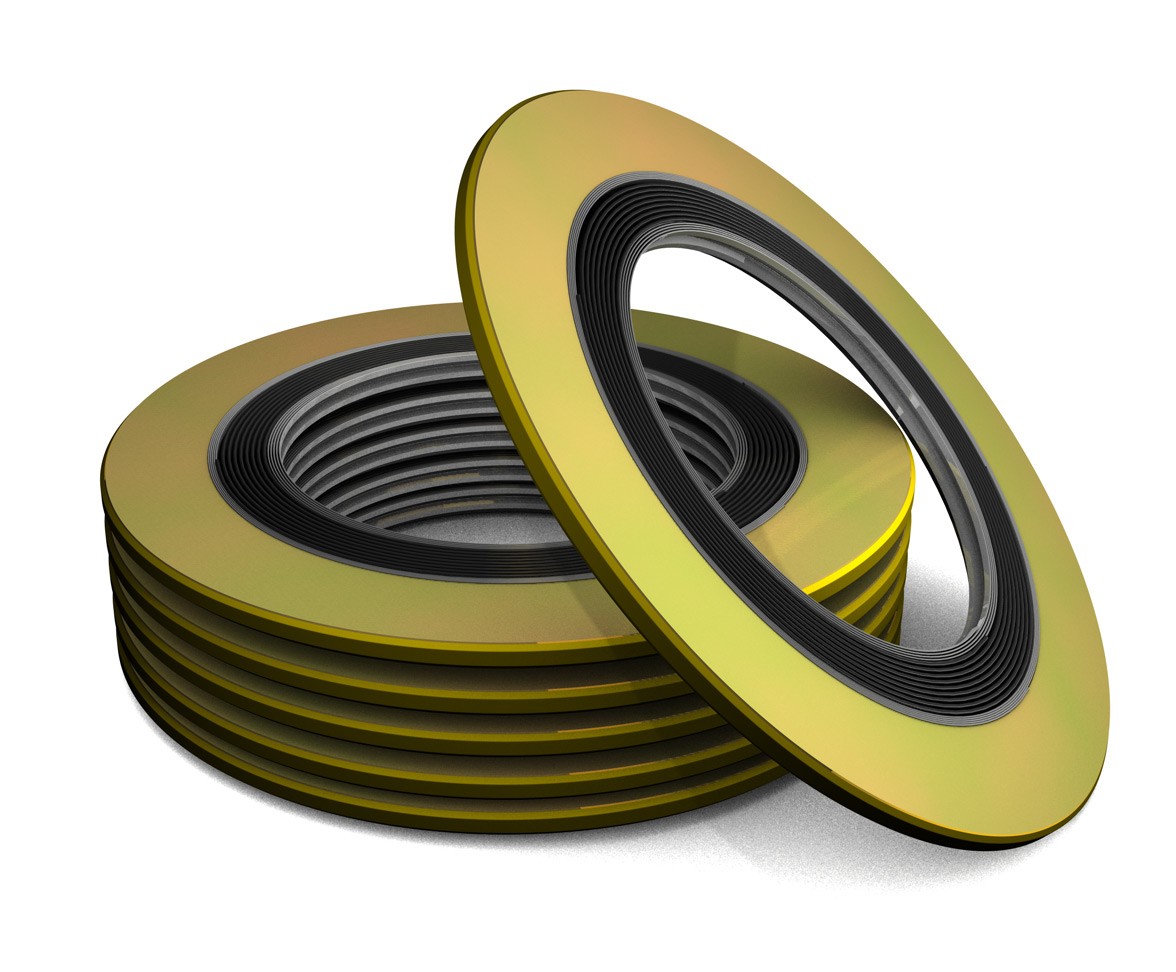Exploring the Composition and Performance of Spiral Wound Gaskets for Industrial Sealing Excellence
In the industrial applications, spiral wound gaskets stand out as a cornerstone for creating effective seals between two flanges. Renowned for their ability to prevent leaks and withstand the rigors of high pressures and temperatures, these gaskets are a fusion of carefully chosen materials, each playing a pivotal role in ensuring peak performance.

The Foundation: Winding and Filler Materials
At the heart of a spiral wound gasket lie the winding and filler materials, constituting its primary components. The winding material, often a thin strip of metal like stainless steel or carbon steel, intricately winds in a spiral pattern around a central filler material, be it metal or non-metallic. The winding material takes center stage, being the linchpin of the gasket's strength and capacity to endure pressure.
The Versatile Filler Material
The spaces between the winding material are occupied by the filler material, a multitasking element in the gasket's anatomy. Its roles are diverse: firstly, it prevents leaks by filling irregularities on the flange surface; secondly, it acts as a cushion, safeguarding both the gasket and the flanges from potential damage during installation and operation. Filler materials span a spectrum, including graphite, PTFE, ceramic, and various rubber types.
Beyond the Basics: Additional Layers and Coating
In the pursuit of heightened performance, some spiral wound gaskets incorporate additional layers or coatings. For instance, outer layers of silicone or neoprene provide added protection against moisture and chemicals. Others may feature a layer of mica for enhanced insulation against heat.
Material Selection Considerations
The meticulous selection of materials for spiral wound gaskets is driven by the specific demands of each application. Variables such as temperature, pressure, chemical resistance, and flange surface irregularities all play a role in this careful selection process. By crafting the perfect amalgamation of winding and filler materials, alongside any supplementary layers or coatings, engineers ensure the creation of a highly effective gasket capable of withstanding the demands of even the most challenging industrial environments.

The Foundation: Winding and Filler Materials
At the heart of a spiral wound gasket lie the winding and filler materials, constituting its primary components. The winding material, often a thin strip of metal like stainless steel or carbon steel, intricately winds in a spiral pattern around a central filler material, be it metal or non-metallic. The winding material takes center stage, being the linchpin of the gasket's strength and capacity to endure pressure.
The Versatile Filler Material
The spaces between the winding material are occupied by the filler material, a multitasking element in the gasket's anatomy. Its roles are diverse: firstly, it prevents leaks by filling irregularities on the flange surface; secondly, it acts as a cushion, safeguarding both the gasket and the flanges from potential damage during installation and operation. Filler materials span a spectrum, including graphite, PTFE, ceramic, and various rubber types.
1. Graphite Magic: Graphite, a frequent choice for filler material, boasts corrosion resistance and resilience to high temperatures and pressures. Its exceptional heat and electricity conductivity make it invaluable in high-temperature applications, often paired with a robust metal winding material like stainless steel to forge a durable gasket.
2. PTFE's Synthetic Prowess: Polytetrafluoroethylene (PTFE) emerges as another favored filler material due to its synthetic nature, offering resistance to chemicals, heat, and moisture. Its non-stick properties prove advantageous in applications involving sticky or viscous substances. Paired with either metal or non-metallic winding material, it crafts a flexible and enduring gasket.
3. Ceramic Resilience: Ceramic steps into the spotlight for applications demanding resilience to high temperatures and pressures. With the ability to withstand temperatures up to 2,000 degrees Fahrenheit, coupled with resistance to chemicals and corrosion, ceramic pairs harmoniously with a metal winding material, fashioning a robust gasket.
4. Rubber's Versatility: The flexible and versatile nature of rubber makes it a go-to filler material in various industrial applications. Highly resistant to chemicals, oils, and moisture, rubber adapts well to situations where flanges may experience slight movement during operation. Whether combined with metal or non-metallic winding material, it results in a sturdy and durable gasket.
Beyond the Basics: Additional Layers and Coating
In the pursuit of heightened performance, some spiral wound gaskets incorporate additional layers or coatings. For instance, outer layers of silicone or neoprene provide added protection against moisture and chemicals. Others may feature a layer of mica for enhanced insulation against heat.
Material Selection Considerations
The meticulous selection of materials for spiral wound gaskets is driven by the specific demands of each application. Variables such as temperature, pressure, chemical resistance, and flange surface irregularities all play a role in this careful selection process. By crafting the perfect amalgamation of winding and filler materials, alongside any supplementary layers or coatings, engineers ensure the creation of a highly effective gasket capable of withstanding the demands of even the most challenging industrial environments.

